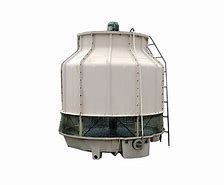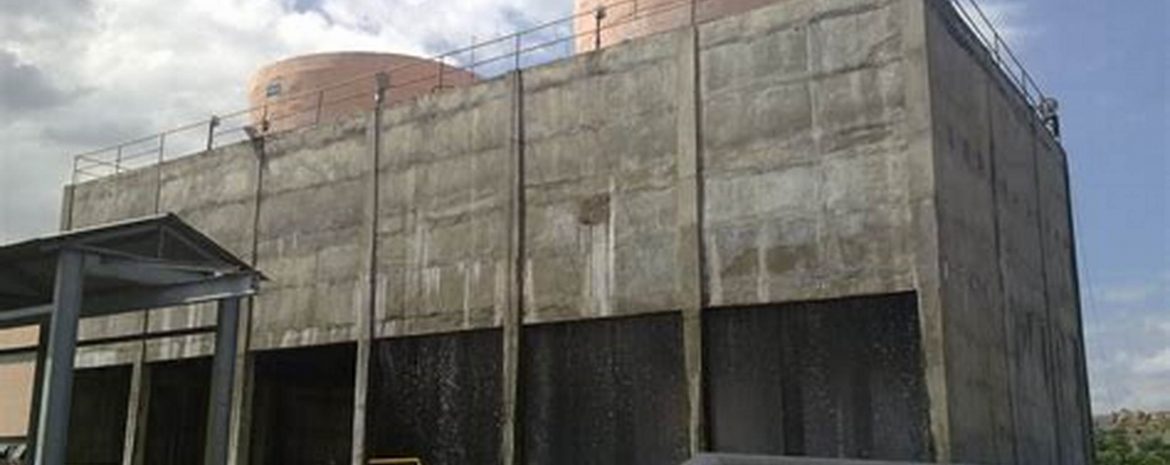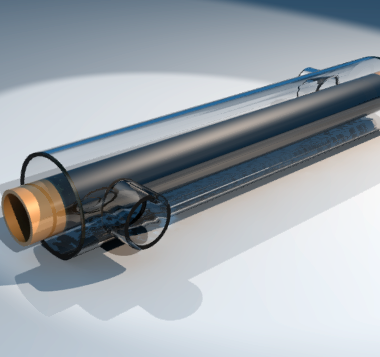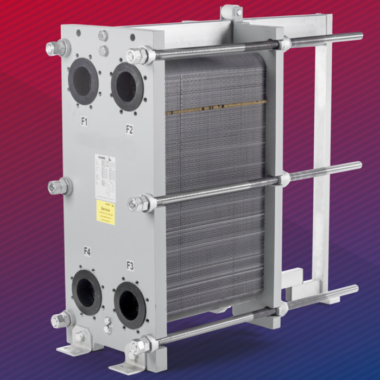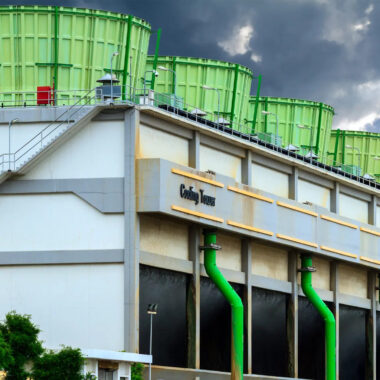The Role of Round Cooling Towers
The Role of Round Cooling Towers
Round cooling towers play a urgent part in improving the sustainability of building practices, contributing to energy proficiency, water preservation, and overall natural stewardship. Here an in-depth see at the role of round cooling towers in sustainable building practices and how these cooling towers support sustainable building initiatives :
Energy Efficiency
1. Optimized Airflow and Heat Exchange :
- Round cooling towers, with their circular plan, give uniform airflow distribution, which optimizes the heat exchange prepare. This effectiveness diminishes the energy required to attain the required cooling effect.
- The inherent plan minimizes air resistance and turbulence, upgrading the in general performance of the cooling tower.
2. Variable Frequency Drives (VFDs) :
Many modern round cooling towers are prepared with variable recurrence drives that alter fan speeds based on real-time cooling demands. This leads to critical vitality savings by avoiding the operation of fans at full speed when it’s not necessary.
3. Enhanced Thermal Performance:
- Advanced fill materials and plan enhancements in round cooling towers improve thermal performance, permitting for more effective cooling with less vitality consumption.
- Productive thermal management decreases the load on HVAC systems, driving to lower energy utilization over the building.
Water Preservation
1. Productive Water Usage:
- Round cooling towers are designed to maximize the effectiveness of water utilization. They guarantee a tall rate of heat dissipation with negligible water loss, which is crucial for sustainable water management.
- Modern plans frequently incorporate advanced drift eliminators that essentially diminish the sum of water lost as vapor, conserving water assets.
2. Water Recycling and Reuse:
- Economical practices often include the reuse of water inside the cooling tower system. Round cooling towers can be coordinates with water reusing systems to recover and reuse water, reducing the overall water consumption.
- A few systems join greywater or rainwater collecting methods to further enhance sustainability.
Environmental Impact
1. Reduced Carbon Footprint:
- By progressing energy efficiency and decreasing water consumption, round cooling towers help lower the carbon impression of buildings. This adjusts with global supportability goals and contributes to diminished greenhouse gas emissions.
- Energy-efficient cooling towers decrease the request on control plants, which often depend on fossil fills, hence indirectly reducing carbon emissions.
2. Use of Eco-Friendly Materials:
- The development of circular cooling towers regularly includes eco-friendly and durable materials such as fiberglass-reinforced plastic (FRP). These materials are not only long-lasting but moreover have lower environmental impact compared to traditional materials.
- Economical fabricating forms and the use of recyclable materials further enhance the environmental benefits.
3. Compliance with Green Building Standards:
- Round cooling towers contribute to the achievement of green building certifications such as LEED (Authority in Energy and Environmental Design) by satisfying criteria related to energy efficiency, water conservation, and economical location improvement.
- Joining round cooling towers into building plans can help accomplish higher ratings in these certification programs, demonstrating a commitment to sustainability.
